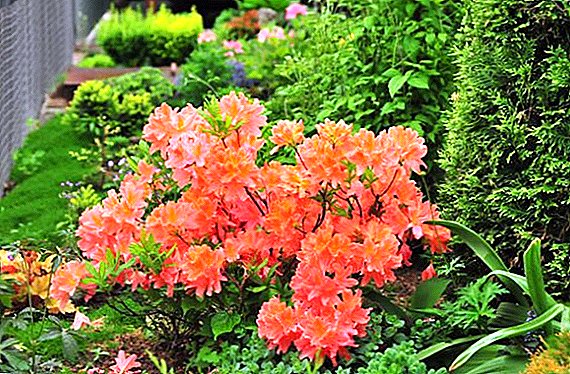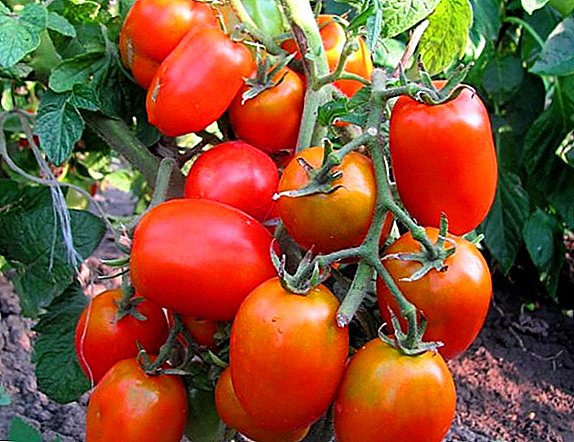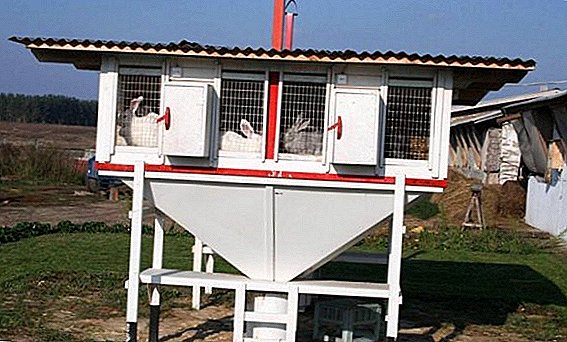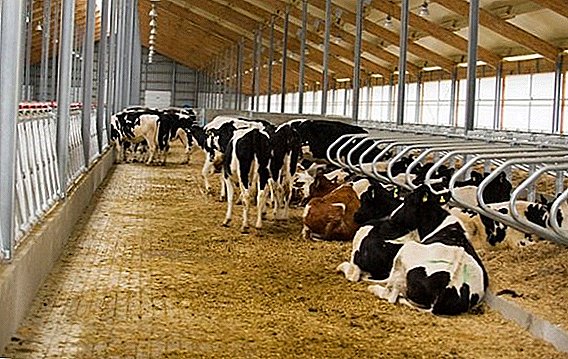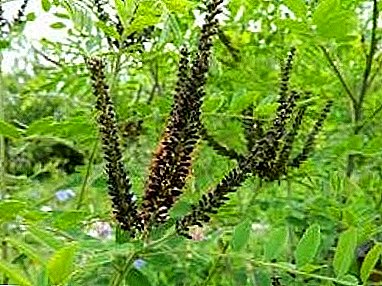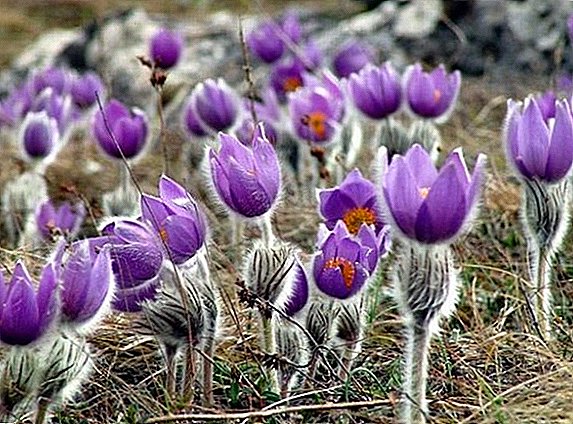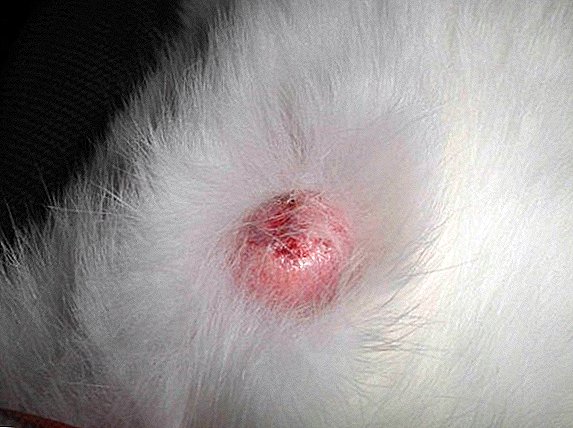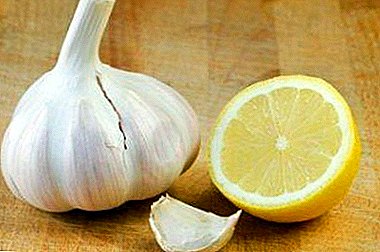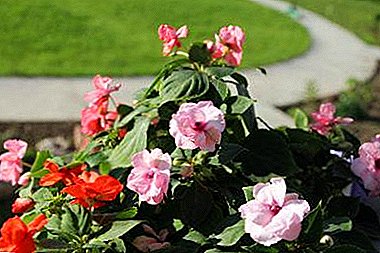
Terry balsam cultivars have been cultivated at home for more than a dozen years. He was loved for the bright color, unpretentiousness and ease of breeding.
As you know, terry balsam refers to the hybrid varieties, of which there are a great many.
In turn, such hybrids are combined in a series, and each series has at least 20 varieties. Shades of flowers are also very diverse from white to deep purple. The plant looks equally beautiful on the flowerbed and on the windowsill.
What is this plant?
Botanical description
Terry balsam is a kind of hybrids. In contrast to ordinary plants, flowers of terry varieties are not flat, but full like those of a rose or a carnation.
History of
Most of the plant varieties were bred in the middle of the 20th century. They first appeared on the shelves of US flower shops in the 1950s. However, some species were already popular in the early nineteenth century. The most famous of them is Waller's Balsam. He is known since the last century, not only in Europe and America, but also in Russia.
Appearance and features
Appearance:
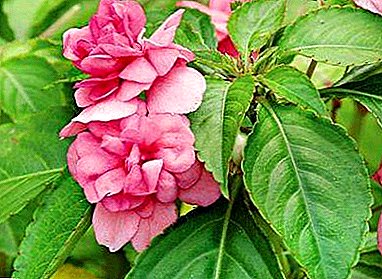 Leaves fleshy green jagged colors of various shades. The leaf shape is a lancet, the location is alternate, the stipule is absent.
Leaves fleshy green jagged colors of various shades. The leaf shape is a lancet, the location is alternate, the stipule is absent.- Stem fleshy, well bushy and grows fast.
- Flowers resemble a rose, carnation or camellia (depending on the variety). Inflorescences are friable, irregular in shape, diameter - 3-5 cm. The color is either monochromatic or bicolor, variegated.
- Blooms plant in room conditions 6-8 months.
- Fetus - multi-seed oblong box.
- Seeds round brown in color, appear 25-30 days after the start of flowering.
Different varieties differ from each other in:
- The length of the stem (tall - 30-60 cm, sredneroslye - 15-30 cm, dwarf - 10-20 cm).
- Leaf color (light green, dark green, variegated).
- The shape of the bush (bush, ampelous).
- Color and shape of flowers.
- Growing conditions (garden and room).
Description and photo varieties
Next, we propose to get acquainted with the description of varieties and photos of balsam with pink, white and other colors.
Waller
Balsam Waller (Impatiens walleriana) is a heat-loving perennial plant. Based on this variety, many hybrids were bred.
The shape of the bush is spherical, the stems are juicy, thick, strongly branched. The color of the stem can vary from red-brown to green.
Flowers are located on the tips of the stems and are:
- red;
- orange;
- salmon;
- white;
- pink.
The shape of the flower resembles a rose.. Some varieties are bicoloured. The plant is continuously blooming.

Athena
Grade Athena (Athena) - refers to medium-sized varieties, has a sprawling ampelous bush, suitable for growing in hanging baskets, pots. The flower loves the south side, partial shade and light nutritious soil.
The plant is moisture-loving, but does not tolerate waterlogging and drafts. The variety has large double flowers resembling a carnation (diameter 5 cm).
Flowers are: red, pale pink, coral. The plant is abundant and long blooms.
The height of indoor plants 10-15 cm, garden - 25-30. This variety is not planted in windy places.
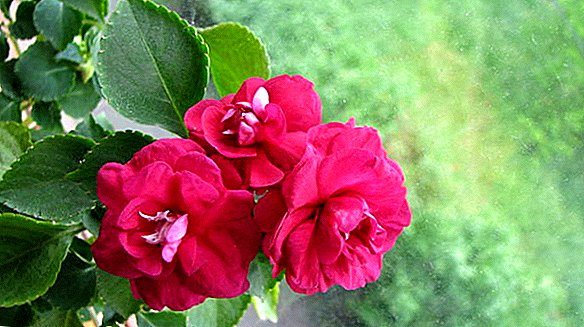
Where and how to plant?
Basic landing rules:
- At the bottom of the tank must put drainage.
- When transplanting should be cut off parts of the old root system.
- The trimming tool must be disinfected and sharp.
- Treat slices with activated charcoal.
- After the procedure, the plant is placed in a dark place for 2-3 days.
Do not replant plants during flowering.
Lighting and location
The best option is a shaded windless place. Terry balsam is very thermophilic, but at the same time does not take out direct sunshine, wind and drafts. Therefore, the best place for it is the slope, where the sun is located several hours a day. The best place in the house - western or eastern windows.
The most destructive for a plant is frosts!
Soil requirements
The soil must be loose water and breathable.disinfected. This is done with the help of a fungicide or potassium permanganate, you can steam the soil in the oven. Some growers are advised to sift the soil before planting. A suitable level of acidity - 6.0-6.5 units. The flower does not fit heavy clay soils.
The best option - a mixture of sheet and turf soil, peat, humus and river sand. Components are taken in equal parts.
Home Care Rules
Conditions
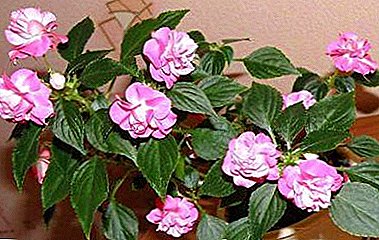 Optimum air temperature + 20-22 in the afternoon and + 18-20 - at night. In the cold - not less than 15 degrees. Also, do not allow overheating of the plant.
Optimum air temperature + 20-22 in the afternoon and + 18-20 - at night. In the cold - not less than 15 degrees. Also, do not allow overheating of the plant.
If the flower is on the southern window-sill, the window should be draped with a translucent curtain.
The room in which there is a terry balsam should be aired daily. In winter, the plant is completed by phytolamp. Spraying is allowed only if the temperature exceeds +20 degrees.
Watering
The plant loves moisture, in the spring, in the summer and in the autumn its regular and watered, in the winter watering is reduced. At the same time it is necessary to avoid drying of the soil. Also, one should not allow overmoistening of the earth; this is fraught with the development of root rot. For irrigation use thawed or separated water. Watering the flower follows from the watering can along the edge of the pot so that water does not fall on the flowers and the root neck. When the air temperature exceeds +22 degrees, the plant should be sprayed daily.
Fertilizers
From May to September, the plant is fertilized, 2 times a month.. To do this, use complex fertilizers for decorative-flowering houseplants. Preference is given to drugs with a predominance of phosphorus and potassium. Nitrogen-containing fertilizers are not recommended, as the plants will bloom weakly. The concentration of the drug is reduced by half compared with the dose recommended on the package. In the winter, do not feed.
Fertilizers for growing terry balsam always bring only after watering.
Pruning
Prune balsam terry varieties in early spring. It promotes flowering and the formation of a lush bush. If molding is not required, lightly pinch the tops. It also removes dead flowers, leaves, sluggish shoots. From time to time the plant is rejuvenated. To do this, cut the tops of a height of 15-20 cm and rooted them in the wet sand. After the formation of roots, old plants are replaced by young. Experts recommend pruning in several stages so that the plants are not subjected to stress.
Diseases and pests
Mealy dew
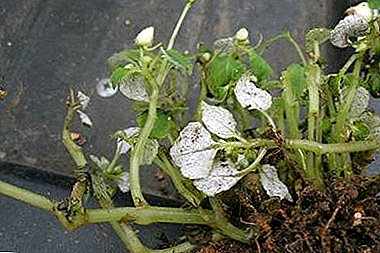 She wears the maximum height to plants.
She wears the maximum height to plants.
Disease development:
- The appearance of white bloom on the back of the leaves.
- The leaves turn black, curl and fall.
- New leaves almost do not appear.
- The plant dies.
The treatment takes place in two stages:
- Trim the affected area to healthy tissue.
- Processing plants fungicides.
Gray rot
Characteristic features:
- The escape takes on a brown color.
- The plant becomes sluggish.
- The stem and then the rest of the plant die off.
Fighting disease:
- Remove all infected plant sites.
- Spraying with fungicide or copper-soap solution.
Prevention:
- Removal of dead leaves and buds.
- Regular airing of the room.
- Proper lighting.
- Moisturizing the soil.
- Reduced temperature.
Spider mite
Signs of damage are specks on the leaves, which increase over time and become large spots.
Wrestling:
- Removal of affected plant parts.
- Treatment with insecticides "Akarin" or "Lightning".
Thrips
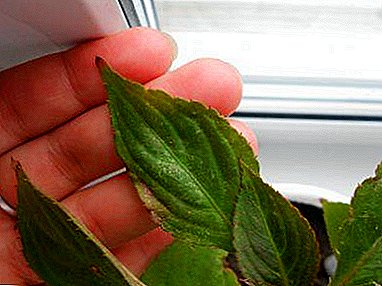 The larvae and adult insects suck the cell sap from the plant, as a result of which it weakens and dies.
The larvae and adult insects suck the cell sap from the plant, as a result of which it weakens and dies.
Symptoms of appearance:
- Yellow spots, stripes, roughness on the leaves.
- Dying away of plant tissue.
- Wilting and falling leaves.
- Curvature of the stems.
Wrestling:
- Treatment of plants with insecticides (Fitoverm, Vertimek, Aktelik).
- Mechanical cleaning of insects with soap and a sponge.
Breeding features
Terry balsam is propagated by seeds and cuttings.
Reproduction by cuttings
Prior to this, a cutting with 2-3 internodes is taken from a healthy mother plant and placed in a glass with water for 2 weeks.
Seed sowing
This occurs in late February - early March. Algorithm:
- Seeds are soaked in a weak solution of potassium permanganate for 15 minutes.
- Sow in a specially prepared container with wet soil.
- Seeds are covered with sterile sand (layer thickness 3 mm).
- The container is covered with a plastic bag.
- After which it is placed in a warm place until germination.
- Seedlings moisturize and air daily. For ventilation open greenhouse for 30 minutes.
- After the appearance of the two or three first leaves, the seedlings dive and sit in small pots with a diameter of 8-10 cm.
The main advantage of terry balsam - simplicity. This plant is perfect for beginners florist. Another plus is decorativeness and versatility. Such a flower can be a decoration not only at home, but also a backyard, a balcony, a summer house. And due to the long flowering, it always looks harmonious and fits into any composition.


 Leaves fleshy green jagged colors of various shades. The leaf shape is a lancet, the location is alternate, the stipule is absent.
Leaves fleshy green jagged colors of various shades. The leaf shape is a lancet, the location is alternate, the stipule is absent.